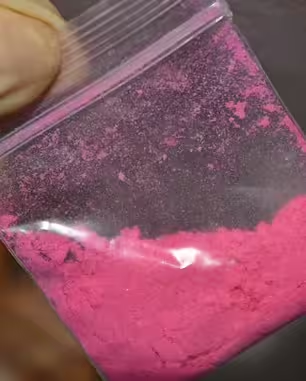
Pink cocaine has become a new trend in the party scene. With its vibrant hue and glamorous appeal, it’s particularly popular in nightlife. However, its risks and misconceptions are significant.
What is Pink Cocaine?
Despite its name, pink cocaine is not related to cocaine. Known as “tusi” or “tucibi,” it’s a mix of MDMA, ketamine, and synthetic psychedelics, varying in composition.
Origins and Popularity
Its vivid color and high-end party association have made it trendy, especially in Latin America and Spain, and now in major cities worldwide. “Tucibi” comes from the phonetic “2C-B,” its original ingredient.
Unpredictable Composition
Pink cocaine’s inconsistent formula makes it highly dangerous. Users can’t determine its mix or purity, increasing the risk of overdose and health issues.
Health Risks and Legal Issues
Health risks include euphoria, anxiety, paranoia, and severe physical effects like increased heart rate and organ failure. It’s illegal in most countries, adding legal complications.